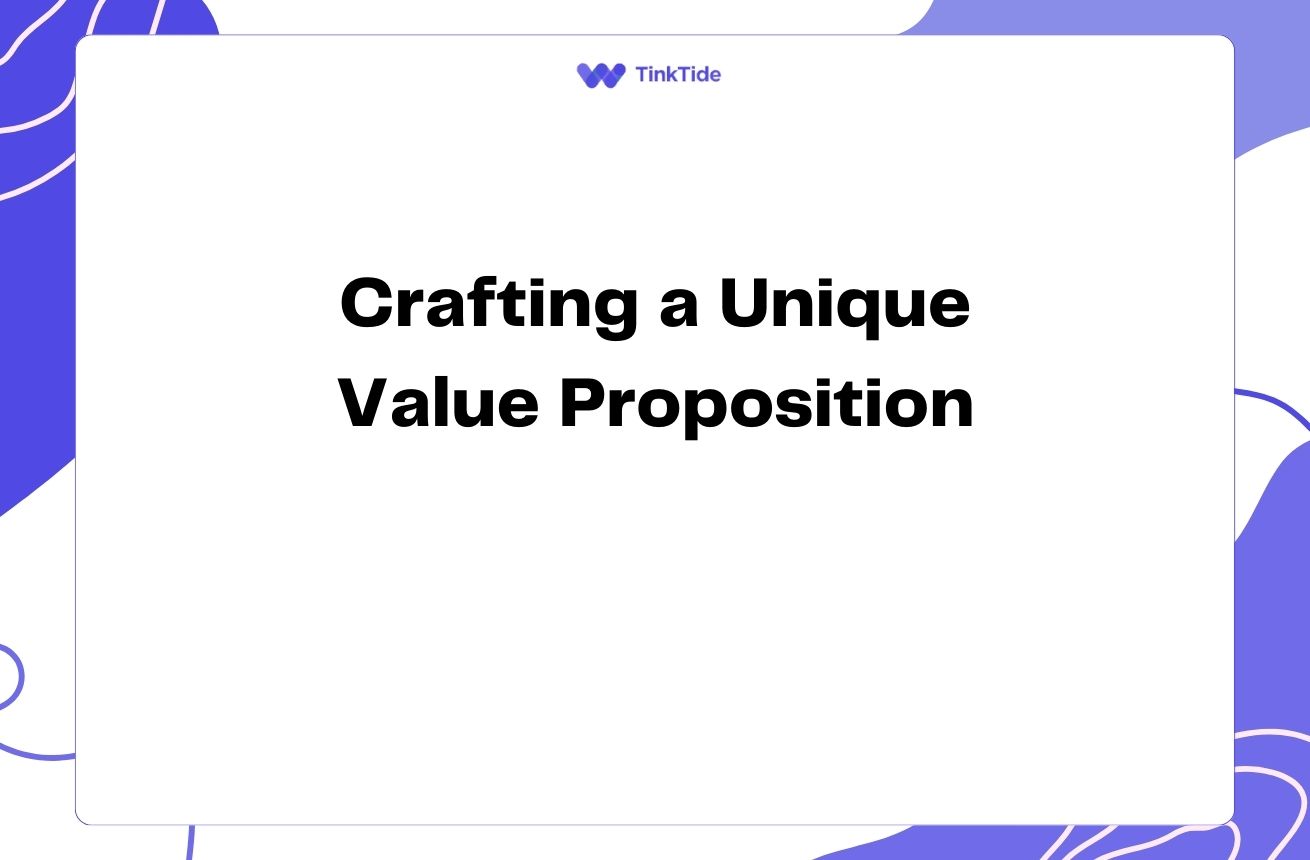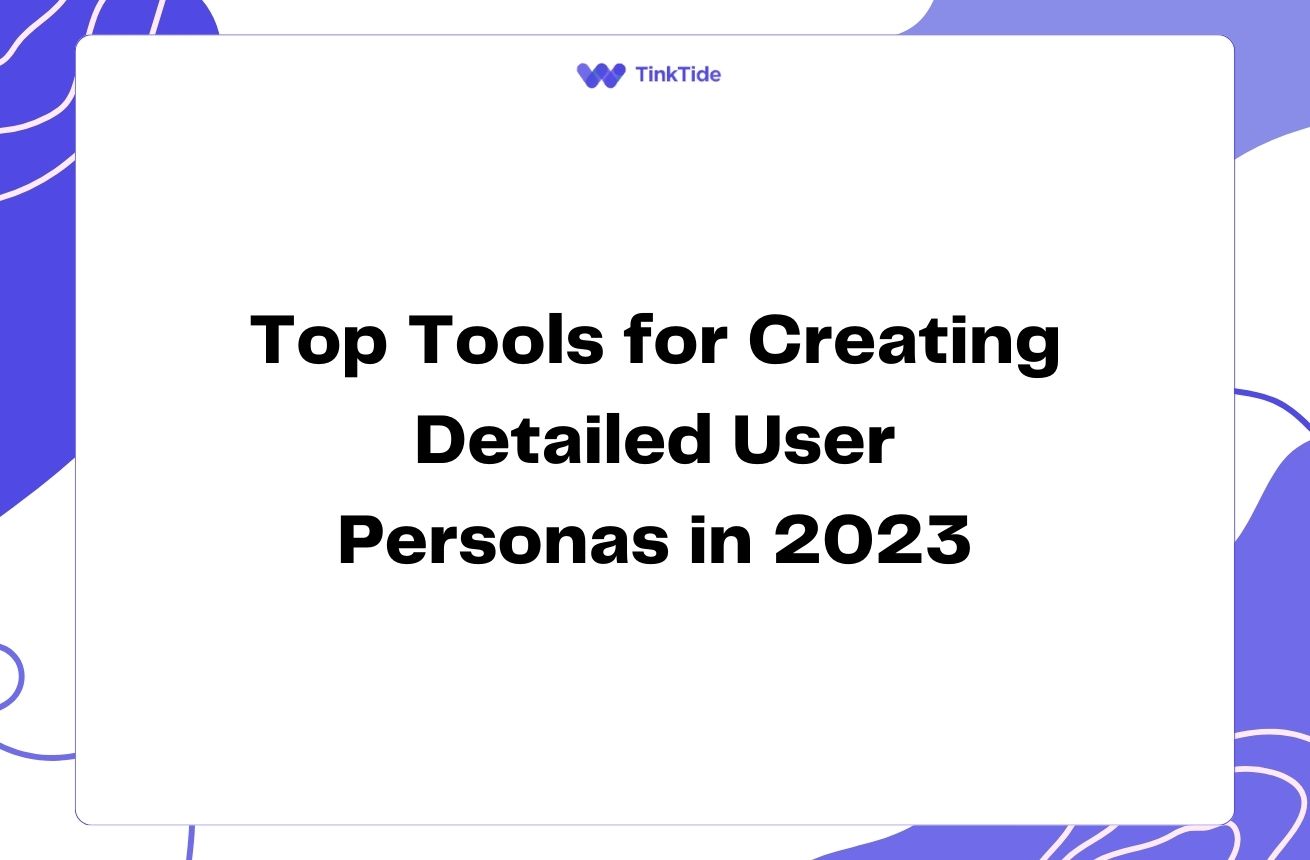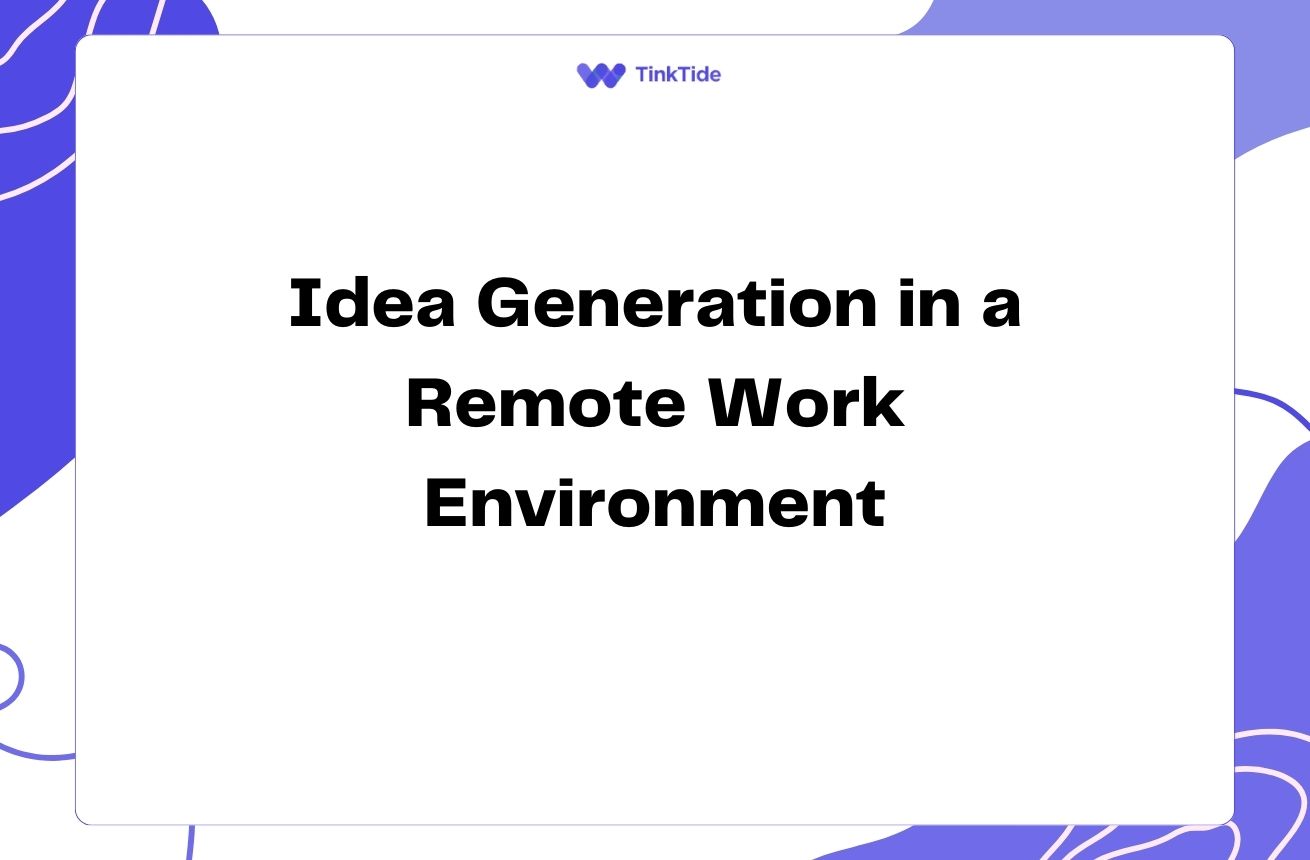Mastering the Business Model Canvas: A Step-by-Step Guide
What is the Business Model Canvas and why is it important?
The Business Model Canvas is a strategic management tool that allows you to visualize, design, and pivot your business model. Developed by Alexander Osterwalder and Yves Pigneur, this one-page canvas provides a holistic view of a business, helping entrepreneurs and managers to understand, analyze, and improve their business models.
The importance of the Business Model Canvas lies in its ability to simplify complex business concepts into an easy-to-understand visual format. It enables teams to align their understanding of how the business works and identify areas for improvement or innovation.
By mastering the Business Model Canvas, you can gain a competitive edge by clearly defining your value proposition, understanding your customer segments, and optimizing your revenue streams and cost structure.
The Nine Components of the Business Model Canvas
The Business Model Canvas consists of nine interconnected building blocks. Let's explore each component in detail:
- Customer Segments
- Value Propositions
- Channels
- Customer Relationships
- Revenue Streams
- Key Resources
- Key Activities
- Key Partnerships
- Cost Structure
1. Customer Segments: Who are you creating value for?
Customer Segments represent the different groups of people or organizations your business aims to reach and serve. Understanding your customer segments is crucial for tailoring your products or services to meet specific needs.
When defining your customer segments, consider factors such as:
- Demographics (age, gender, income, education)
- Psychographics (lifestyle, values, interests)
- Behavioral patterns (purchasing habits, brand loyalty)
- Geographic location
Example: A fitness app might have multiple customer segments, such as busy professionals, stay-at-home parents, and senior citizens, each with unique needs and preferences.
2. Value Propositions: What value do you deliver to the customer?
Your Value Proposition is the unique combination of products and services that create value for a specific Customer Segment. It's the reason why customers choose your business over competitors.
To craft a compelling value proposition, consider:
- What problem are you solving for your customers?
- What needs are you satisfying?
- What benefits does your product or service provide?
- How are you different from competitors?
Example: For a meal delivery service, the value proposition might be 'Healthy, chef-prepared meals delivered to your door in 30 minutes or less'.
3. Channels: How do you reach and communicate with your customers?
Channels describe how a company communicates with and reaches its Customer Segments to deliver its Value Proposition. This includes both communication channels and distribution channels.
Consider the following channel types:
- Own channels (e.g., company website, social media accounts)
- Partner channels (e.g., resellers, affiliate marketers)
- Direct sales (e.g., sales team, physical stores)
- Online platforms (e.g., Amazon, App Store)
Example: An e-commerce clothing brand might use a combination of Instagram marketing, influencer partnerships, and their own mobile app as primary channels.
4. Customer Relationships: What type of relationship do you establish with each Customer Segment?
Customer Relationships describe the types of relationships a company establishes with specific Customer Segments. These relationships can range from personal to automated and can significantly impact customer retention and acquisition.
Common types of customer relationships include:
- Personal assistance
- Self-service
- Automated services
- Communities
- Co-creation
Example: A SaaS company might offer self-service support for basic users, dedicated account managers for enterprise clients, and maintain an active user community for all customers.
5. Revenue Streams: How does your business earn money from each Customer Segment?
Revenue Streams represent the cash a company generates from each Customer Segment. Understanding your revenue streams is crucial for assessing the financial viability of your business model.
Common types of revenue streams include:
- Asset sale
- Usage fee
- Subscription fees
- Lending/Renting/Leasing
- Licensing
- Advertising
Example: A video streaming service might have multiple revenue streams, including monthly subscriptions, pay-per-view content, and advertising revenue from a free, ad-supported tier.
6. Key Resources: What key assets are required to make your business model work?
Key Resources are the most important assets required to make a business model work. These resources allow an enterprise to create and offer a Value Proposition, reach markets, maintain relationships with Customer Segments, and earn revenues.
Key resources can be categorized as:
- Physical (e.g., manufacturing facilities, vehicles)
- Intellectual (e.g., brands, patents, copyrights)
- Human (e.g., employees, especially in knowledge-intensive industries)
- Financial (e.g., cash, lines of credit)
Example: For a technology startup, key resources might include proprietary algorithms, skilled developers, and server infrastructure.
7. Key Activities: What key activities does your Value Proposition require?
Key Activities are the most important actions a company must take to operate successfully. Like Key Resources, they are required to create and offer a Value Proposition, reach markets, maintain Customer Relationships, and earn revenues.
Key activities can typically be categorized as:
- Production
- Problem-solving
- Platform/Network
Example: For a management consulting firm, key activities might include client acquisition, problem analysis, and solution development.
8. Key Partnerships: Who are your key partners and suppliers?
Key Partnerships describe the network of suppliers and partners that make the business model work. Companies forge partnerships for many reasons, and these partnerships are becoming a cornerstone of many business models.
Types of partnerships include:
- Strategic alliances between non-competitors
- Coopetition: strategic partnerships between competitors
- Joint ventures to develop new businesses
- Buyer-supplier relationships to assure reliable supplies
Example: An electric vehicle manufacturer might have key partnerships with battery suppliers, charging station networks, and autonomous driving technology companies.
9. Cost Structure: What are the most important costs inherent in your business model?
The Cost Structure describes all costs incurred to operate a business model. Creating and delivering value, maintaining Customer Relationships, and generating revenue all incur costs.
Costs can be categorized as:
- Fixed costs (e.g., salaries, rent)
- Variable costs (e.g., raw materials)
- Economies of scale
- Economies of scope
Example: For an airline, major cost structure elements would include fuel costs, aircraft leasing or purchasing, maintenance, and staff salaries.
Tips for Filling Out the Business Model Canvas
To effectively use the Business Model Canvas, consider these tips:
- Start with Customer Segments and Value Propositions to ensure customer-centricity
- Use sticky notes or a digital tool for easy iteration
- Involve team members from different departments for diverse perspectives
- Be concise - aim for key points rather than exhaustive details
- Review and update your canvas regularly as your business evolves
- Consider creating multiple canvases for different product lines or scenarios
Example of a Completed Business Model Canvas
Let's look at a simplified example of a Business Model Canvas for a hypothetical online language learning platform:
- Customer Segments: Adult professionals, students, travelers
- Value Propositions: Personalized language learning with native speakers, flexible scheduling, progress tracking
- Channels: Mobile app, website, social media marketing
- Customer Relationships: Community forums, automated progress reports, live chat support
- Revenue Streams: Monthly subscriptions, one-on-one tutoring sessions, corporate packages
- Key Resources: Language learning software, tutor network, user data
- Key Activities: Platform development, tutor recruitment and training, content creation
- Key Partnerships: Language certification bodies, travel agencies, corporate HR departments
- Cost Structure: Software development, server costs, tutor payments, marketing expenses
Frequently Asked Questions
How often should I update my Business Model Canvas?
It's recommended to review and update your Business Model Canvas at least quarterly, or whenever significant changes occur in your business environment or strategy.
Can the Business Model Canvas be used for non-profit organizations?
Yes, the Business Model Canvas can be adapted for non-profit organizations by focusing on value creation rather than profit generation, and considering funding sources instead of traditional revenue streams.
Is there a specific order to fill out the Business Model Canvas?
While there's no strict order, many experts recommend starting with Customer Segments and Value Propositions, then moving to Channels and Customer Relationships, before addressing the remaining blocks.
Additional Resources
Business Model Generation
The original book by Alexander Osterwalder and Yves Pigneur that introduced the Business Model Canvas.
Strategyzer
Official website with tools and resources for using the Business Model Canvas.
Canvanizer
Free online tool for creating and sharing Business Model Canvases.
Harvard Business Review: A Better Way to Think About Your Business Model
An article providing insights on effective use of the Business Model Canvas.
How can mastering the Business Model Canvas transform your business strategy?
Mastering the Business Model Canvas can significantly transform your business strategy by providing a clear, holistic view of your entire business model. It enables you to identify strengths, weaknesses, and opportunities for innovation or optimization.
By regularly reviewing and updating your canvas, you can ensure your business remains agile and responsive to market changes. The visual nature of the canvas also facilitates better communication within your team and with stakeholders, aligning everyone towards common goals.
Remember, the Business Model Canvas is not just a static document, but a dynamic tool for ongoing business model innovation. Use it to challenge assumptions, test new ideas, and continuously refine your strategy for sustainable success.
Ready to Transform Your Business Strategy?
Sign up for TinkTide to access powerful tools and resources for implementing the Business Model Canvas in your organization.
Get Started with TinkTide

